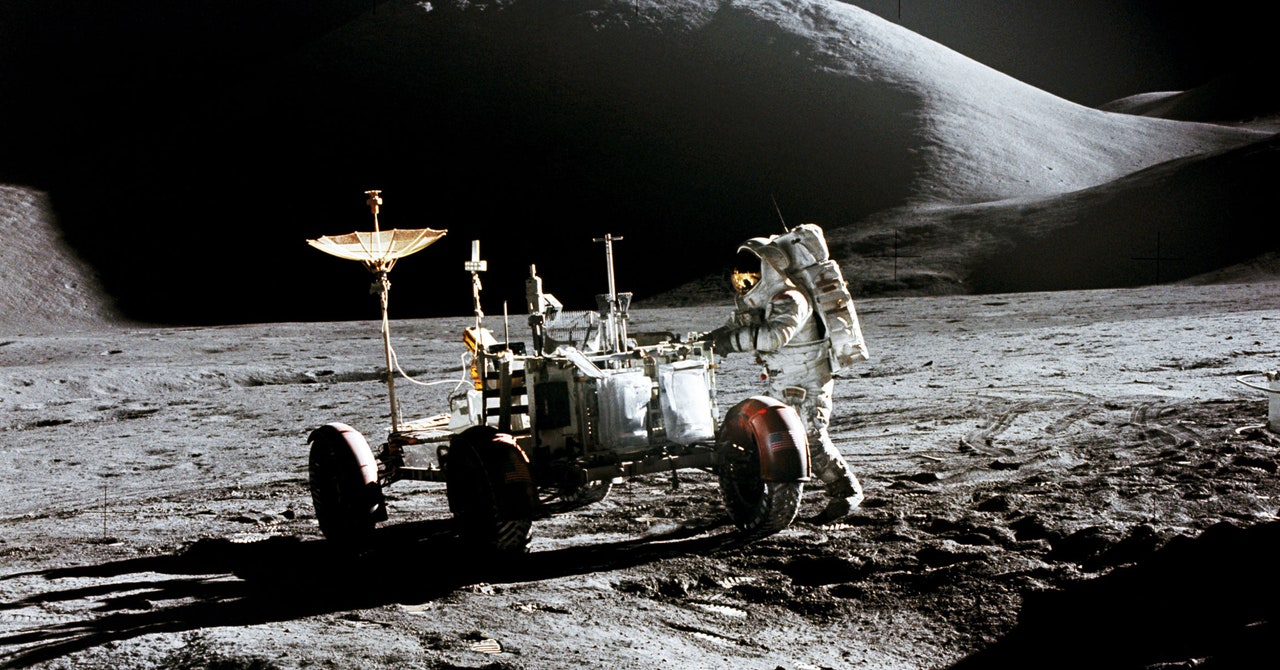
Stuff falls all the time. Maybe you’ve dropped a ball. Perhaps that cup of coffee slipped out of your hands. The mostly likely situation is that a cat decided to knock an object off a table—because that’s what cats do.
And for as long as things have been falling, people have had questions about what is going on (and about the cat’s motivation). Does a falling object move at a constant speed, or does it speed up? If you drop a heavy object and a light one at the same time, which will fall faster?
The great thing about these two questions is that you can ask pretty much anyone and they will have an answer—even if they are actually wrong. The even greater thing is that it’s fairly simple to determine the answers experimentally. All you have to do is drop some stuff.
Some of the earliest explanations for what happens when you drop things go all the way back to Aristotle (around 350 BC), who was interested in explaining how the world works. Aristotle’s answers were quite simple: If you let go of something, it will fall toward the ground. It will fall at a constant speed. If you drop two objects at the same time, the heavier one will move downward with a greater speed than the lighter one. That’s it. And really, this seems like it could be true. I mean, if I drop a rock and a feather, it seems clear that the rock will hit the ground first.
But there is a problem. There’s not an experiment to check if this is correct. Aristotle was a philosopher, not a scientist, and like most of the other Greek philosophers of his time, he was into thought experiments, not science experiments. (The Greeks knew that there couldn’t be a perfect experiment, because some error would always be introduced into the data. They thought that seeking imperfect real-world evidence would just push them off the path of determining the ultimate truths of the universe through logic and reasoning.)
Aristotle’s reasoning for this kind of motion actually makes sense. We can all agree that if you push something, it will move. The greater the pushing force, the more it will move—that means it would go faster. That makes sense, right? And if you hold a rock and a feather, the gravitational force on the rock is clearly greater. You can just feel that force when you lift the two objects up to compare them. There’s no mystery there. So if the rock has a greater downward-pulling force, then it will have a greater downward falling velocity. If you drop a rock and a feather, the rock will hit the ground first. See? Physics isn’t that hard.
Well, even though this explanation makes sense, it is indeed wrong. Really, the only thing that is correct is that normally a rock will hit the ground before a feather.
To understand why, let’s start with the most basic idea—the relationship between force and motion. Most people call this Newton’s second law, but if you go with “force-motion model,” that would be cool too. For movement in one dimension (like with a falling object), we can write this as:


